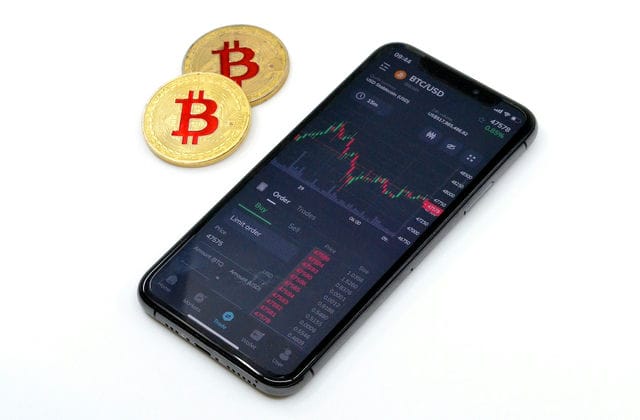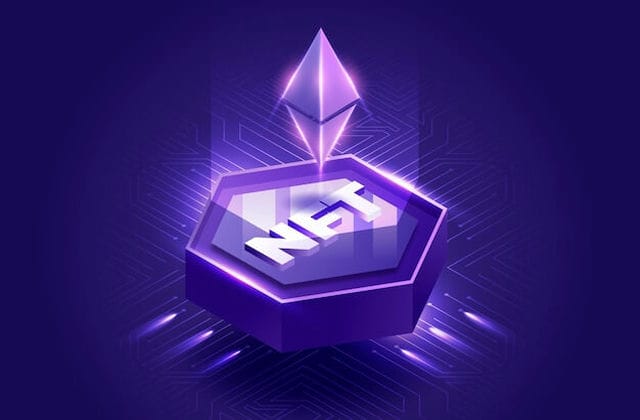From obscurity to being the subject of constant conversation, Bitcoin has become a term that is hard for investors to ignore. It is the leading virtual currency, and although huge numbers of people invest and buy it every day, many people also question whether it has any value.

The First Bitcoins Emerge
The word Bitcoin first became known on 31 October 2008, when a man named Satoshi Nakamoto presented a paper entitled "Bitcoin: A Peer-to-Peer Electronic Currency System" at a leading cryptography academic forum in the United States. The appearance of this article started the development of Bitcoin and led to the development of the Bitcoin system.
In January 2009, the first open-source Bitcoin client software was developed and used by Satoshi Nakamoto to "mining" the first bitcoin "block" (also known as a genesis block), obtaining the first 50 bitcoins. At the same time the blockchain was launched when the first block was called a genesis block.
In order to facilitate the operation of Bitcoin, miners were rewarded for mining by participating in operations to add Bitcoin transactions to the blocks. Initially there are two ways to earn bitcoins, either by verifying other people's transactions for a fee, or by participating in finding new blocks for which they can earn block rewards.
The transaction value of bitcoins
The initial value of bitcoin was negotiated between the two parties involved in a transaction. The first public sale of a physical item in bitcoin was on 22 May 2010, when a group of users on the bitcoin forum 'bitcoin talk' negotiated among themselves and one user used 10,000 bitcoins to buy a $25 pizza. Gox opened its first bitcoin trading platform in July of the same year, at a time when the price per bitcoin was around US$0.08.
Over the following years, Bitcoin-related transactions emerged and some merchants began accepting Bitcoin for trading. In October 2013 the world's first Bitcoin ATM was launched in Canada, and Bitcoin ATMs began to appear in countries around the world to make it easier for users to use.
By 2017, the value of Bitcoin exceeded US$1,000 per coin, and in July of the same year, the first virtual currency exchange, Finance, was established, making it easier for more people to buy Bitcoin, and by this time the price of Bitcoin was around US$3,000 per coin.
The gloom and doom of Bitcoin
With corporations and capitalists from all over the world buying Bitcoin in large quantities, the future of Bitcoin felt bright. The all-time high of Bitcoin rose to US$64,863 per Bitcoin on April 14, 2021, and the world was expecting Bitcoin to continue to top out, but then Tesla founder Musk said he was suspending plans to use Bitcoin to buy Tesla cars, while the US and China intends to tighten controls on virtual currencies, including new rules for virtual currencies in the US, and the Chinese government banning banks and payment companies from handling business related to cryptocurrencies.
The negative news has seen Bitcoin fall by over 40% in just a few months, with the value of all virtual currencies plummeting and the cryptocurrency market experiencing several months of downturn. There is still some doubt as to whether it will become an accepted currency.

Bitcoin becomes legal tender for the first time
The Republic of El Salvador, a Central American country, declared Bitcoin legal tender alongside the US dollar on 7 September 2021, the first country to do so, opening a new chapter for Bitcoin.
Bitcoin, as the concept of decentralization that brought about the rise of virtual currencies, has been a success, but it is still only in the hands of a small number of people relative to the rest of the world, and is still quite a long way from establishing a monetary system that benefits the masses. Bitcoin's vitality has been phenomenal so far, with its value rising over 10,000 times in a decade or so, and it has become a familiar virtual currency, but time will tell how it will grow in the future.




























